How to replant currants
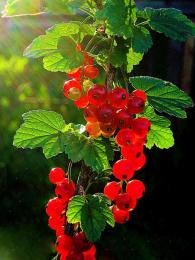
Black currant - a berry unique in its properties. Its existence in Rus' became known at the beginning of the 11th century. But people learned about the undeniable healing properties of black currant much later - in the 15th-16th centuries. This berry contains concentrated vitamins and elements that our bodies urgently need all year round. Moreover, even blackcurrant leaves, when used correctly, can bring a lot of benefits to a person. In a word, black currant is a storehouse of useful substances!
Content:
- I want currants!
- Optimal time of year for transplantation
- Choosing a place
- Preparing holes for planting
- Features of growth
- Watering
- Care after transplant
I want currants!
Therefore, the desire of any amateur gardener to have several bushes of this wonderful plant in their garden becomes understandable. berry bush. It’s good if such currant bushes already exist on the site, bear fruit well, and are planted in a good and sunny place. And if suddenly there is an urgent need to replant a blackcurrant bush, what should you do? How to carry out all the manipulations correctly so that the bush takes root and begins to bear fruit? So let's talk today about the correct transplantation of blackcurrant bushes.
Optimal time of year for transplantation
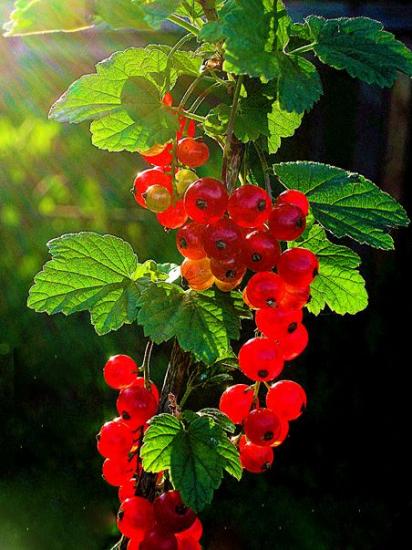
There is an opinion that black currants can be replanted either in late autumn, when the plant has already finished bearing fruit and has had time to shed its leaves, or in early spring, before sap flow has yet begun, that is, before the beginning of the growing season. But still more often recommend transplantation of this shrub precisely in early spring, explaining this by the fact that a bush planted before winter can freeze due to its fragile root system. Therefore, start replanting black currant bushes as soon as the soil condition allows you to do so.
Choosing a place
For the future growth of the currant bush, try to choose a place that is always sufficiently illuminated by sunlight. Blackcurrant is very heat-loving plant, does not tolerate shaded areas well.
Preparing holes for planting
The area needs to be dug up and fertilized. Humus, potash fertilizers, superphosphate or wood ash can be used as fertilizer. Holes for planting must be dug in advance - approximately two to three weeks. If you are going to transplant several bushes into one area, then do not forget to maintain the required distance between them when planting. From bush to bush there should be about one and a half meters. As for the holes themselves, it’s good if their width is approximately 50-60 cm and their depth is 30-40 cm. But these are all fairly general recommendations. Depending on the size of the roots, the depth and width of the holes may vary.
If, when preparing a hole, you notice that the soil in this place is especially heavy and clayey, then experts advise digging the hole deeper and filling its bottom with fertile soil mixed with humus or crumbly compost.
Features of growth
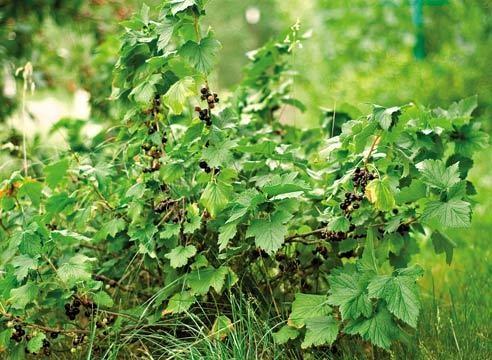
A distinctive feature of black currant is that its roots are relatively shallow and have a fairly limited spread. That is, the suction roots are located approximately 25-30 cm from the soil surface.All this allows, with proper care, to saturate the bushes with a sufficient amount of useful microelements.
Watering
When planting a bush you need water generously. Even if it seems to you that the soil around it is sufficiently moist, do not be lazy and water it.
Care after transplant
After the blackcurrant bush is planted in a new place, we begin pruning it. During this procedure, it is necessary to remove damaged branches and thin out crowded stems. Also remove all intertwined branches - in the future they will only interfere with each other and will negatively affect the fruiting of the entire bush as a whole.
In general, in the first year after transplantation, the blackcurrant bush needs special care. He will have to devote a lot of his time and attention. Make sure that the soil around it does not dry out and apply a series of necessary fertilizers from time to time.
If you make an effort and try to grow black currants on your plot, then they will delight you with their taste and medicinal properties for many years!

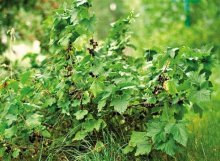
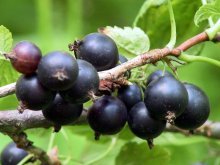
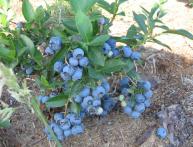
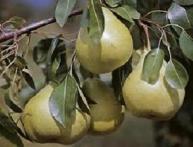
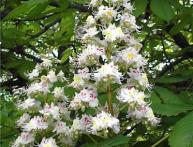

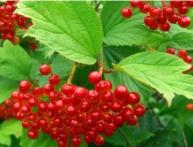
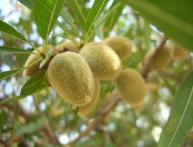
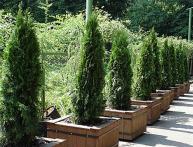

Comments
I’m wondering, how does the groundwater level affect currants? The soil on our site is swampy and subsoil water is close. Maybe this is why my currants are not developing well and are constantly getting sick?
I myself have never planted or cared for currant bushes. But my grandmother grew currants, even though the soil was bad and somewhat hard, but the berries were still large. I only know that she thinned and trimmed the bushes
Black and red currants contain a lot of vitamins and minerals in their berries, so every gardener needs to have these bushes on their plot. Berries can be used fresh or frozen.